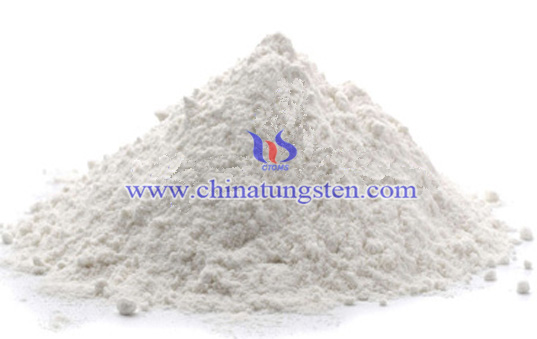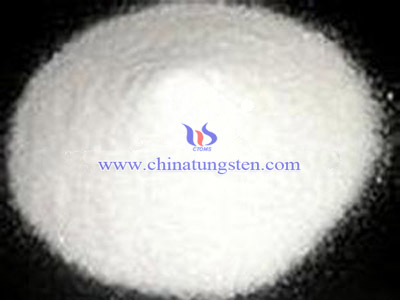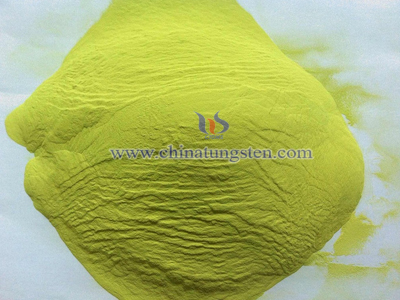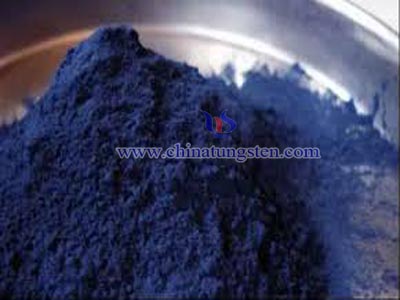Ammonium Metatungstate Electronic

Ammonium metatungstate is a source of high purity, water soluble tungsten which is essentially free of alkali and other metallic impurities. Ammonium metatungstate is very versatile and can be used as catalysts, capacitors, nuclear shielding, flame retardants, corrosion inhibitors raw materials, but also excellent raw materials in the preparation of ultra fine tungsten powder, tungsten heavy alloy powder, phosphotungstic acid, arsenic acid, silicon tungstate.
Ammonium Metatungstate in Electronics Industry
1.Capacitor. Capacitor is consisted of two electrode and dielectric material. Dielectric material is a kind of dielectric, when it is being installed in electric field between the parallel plate electrodes with the same amount of opposite electrode, due to the polarization there is polarization charge appears on the dielectric surface. Which increase the electric charge on polar plate, the potential difference between polar plates stays the same; this is the reason why capacitor has the capacitance characteristics. Charge and discharge is the basic function of capacitor. Ammonium metatungstate as the raw material of capacitor will make it of higher property, low loss tangent, high capacity and high temperature resistant.
2.Shield. Tungsten alloy shield is used to shield radioactive material and avoid damage. There are a lot of kinds of tungsten alloy shield which is applied in medical, nuclear industry and scientific research. Ammonium metatungstate is raw material for tungsten alloy, sintering is the main method for producing tungsten alloy. Sintering process affects the property of tungsten alloy shield. After sintering, the powder binds together, the strength ability improves, also the density.
3.Thin film substrate for semiconductor device. Ammonium metatungstate used as the raw material of thin film substrate for semiconductor device will improve its property. Thin film grows on the substrate, the substrate material properties and characteristics of the substrate surface has a big impact on the film, because the film thickness is between nanometers to microns, the substrate surface is required for high flatness; The combination of film and the substrate is also a very important aspect, if the lattice mismatch, at the beginning of the film formation stage will form a long transition area.







